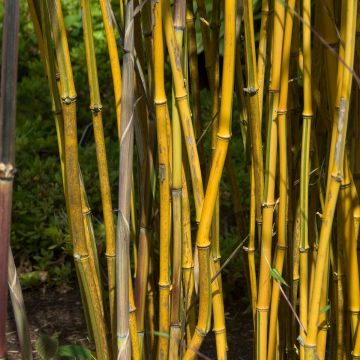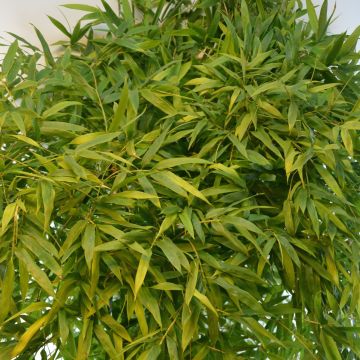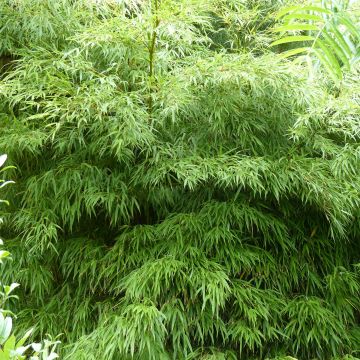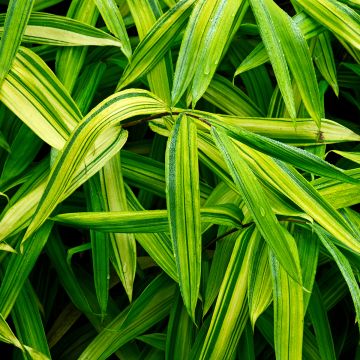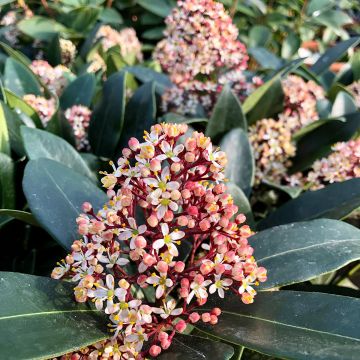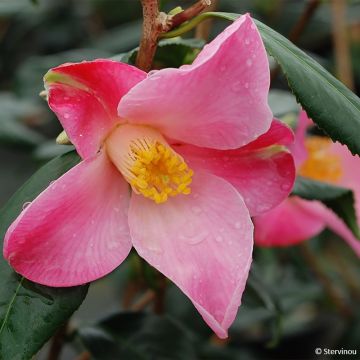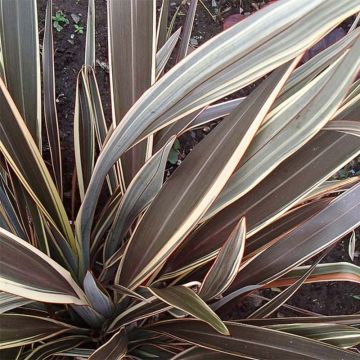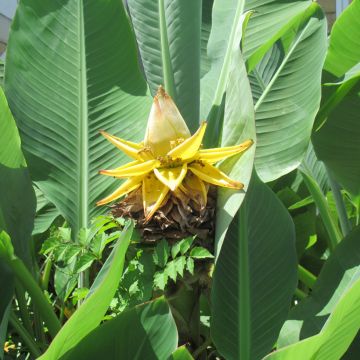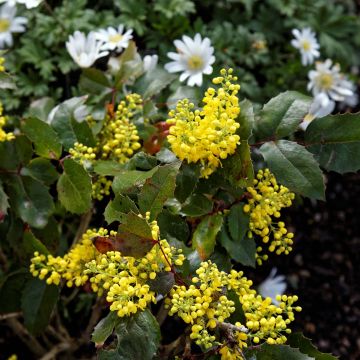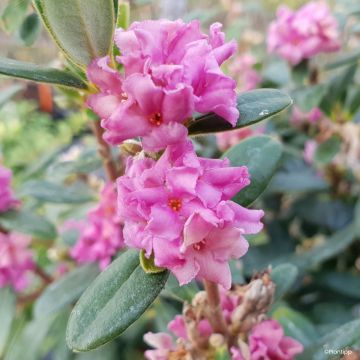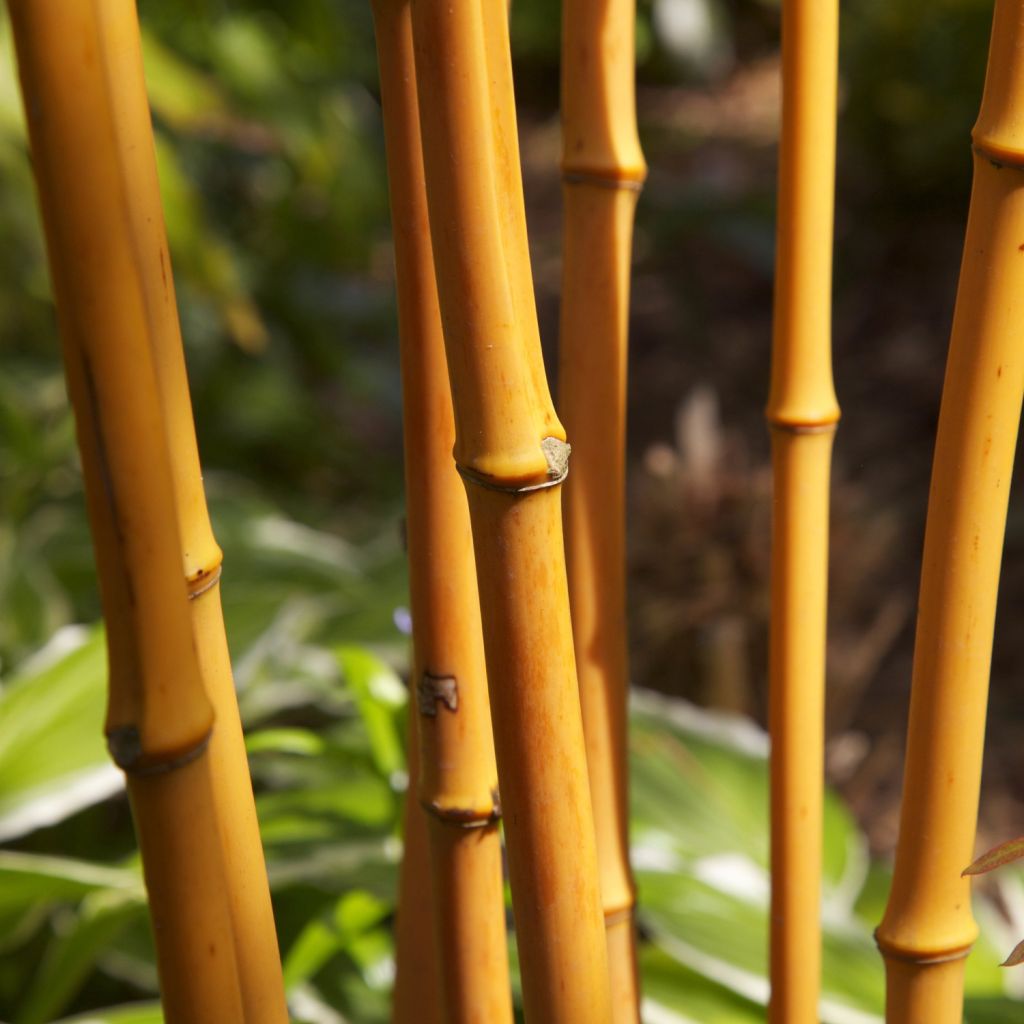

Golden Bamboo - Phyllostachys aurea


Golden Bamboo - Phyllostachys aurea


Golden Bamboo - Phyllostachys aurea


Golden Bamboo - Phyllostachys aurea
Golden Bamboo - Phyllostachys aurea
Phyllostachys aurea
Golden Bamboo, Fishpole Bamboo
Thank you very much, the bamboo is beautiful and healthy, top delivery with careful packaging.
Pierre, 27/10/2024
Special offer!
Receive a €20 voucher for any order over €90 (excluding delivery costs, credit notes, and plastic-free options)!
1- Add your favorite plants to your cart.
2- Once you have reached €90, confirm your order (you can even choose the delivery date!).
3- As soon as your order is shipped, you will receive an email containing your voucher code, valid for 3 months (90 days).
Your voucher is unique and can only be used once, for any order with a minimum value of €20, excluding delivery costs.
Can be combined with other current offers, non-divisible and non-refundable.
Home or relay delivery (depending on size and destination)
Schedule delivery date,
and select date in basket
This plant carries a 24 months recovery warranty
More information
We guarantee the quality of our plants for a full growing cycle, and will replace at our expense any plant that fails to recover under normal climatic and planting conditions.

Would this plant suit my garden?
Set up your Plantfit profile →
Description
Phyllostachys aurea, also known as golden bamboo, is a moderately spreading species of medium size, widely used around the world. It produces stubble, or canes, which are almost golden green before turning orange with age when the plant is exposed to sunlight. It has a dense evergreen foliage, light green in colour, and can reach a height of 6 m (19.7 ft). Highly resistant to cold, it makes a good screen, planted as evergreen hedges or in the background of flower beds.
Native to China and Japan, this bamboo belongs to the Poaceae family. It is a species that forms dense clumps and has shallow, spreading rootstocks. They produce straight and sturdy canes that can reach 20 m to 30 m (66 ft to 98.4 ft) in its native regions, but rarely more than 6 m to 10 m (19.7 ft to 32.8 ft) elsewhere. It is characterised by stacked and compressed nodes, sometimes visible at the base of certain canes. These internodal protrusions are called "turtle scales". The canes are bright green, then yellow, and turn orange with age. The evergreen leaves are narrow, lanceolate, 17 cm (6.7 in) long, and are densely clustered along the canes.
Phyllostachys aurea is often planted as a single clump, in a grove, or a free-standing hedge. In a contemporary style garden, it pairs well with tall ornamental grasses such as pennisetums, deschampsias, or miscanthus. Its young shoots are edible, and its sturdy canes, which rival the strength of steel, are often used as garden stakes or for constructing pergolas and fences. It also adapts very well to being grown in large containers on a terrace.
Tip: Limit the spread of the spreading rootstocks of this bamboo by installing "anti-rhizome barriers". These are made of resin and are inserted vertically in the ground from the time of planting.
Report an error about the product description
Golden Bamboo - Phyllostachys aurea in pictures




Plant habit
Foliage
Botanical data
Phyllostachys
aurea
Poaceae
Golden Bamboo, Fishpole Bamboo
China
Other Spreading Bamboo
View all →Planting and care
Phyllostachys aurea can be planted in spring or autumn with organic matter. The ideal period is between September and November, when the plant develops its rootstock. Resistant to -18° C (-0.4° F), it grows in rich, deep, firm but well-drained soil. The soil should be moist in summer, but should not be waterlogged. Place in a sunny or lightly shaded position. Mulch the young stump and water generously. Apply nitrogen fertiliser in February-March, then in July-August. Divide old clumps in spring. It loses its leaves as soon as the temperature drops below -8° C (17.6° F), but the very resistant stump allows regrowth. Shelter it from cold and dry winds in winter. Beware of slugs that like young shoots. Limit the proliferation of the spreading rootstock of this bamboo by installing "anti-rhizome barriers" from the planting stage, which are resin plates inserted vertically into the ground.
Planting period
Intended location
Care
-
, onOrder confirmed
Reply from on Promesse de fleurs
Similar products
Haven't found what you were looking for?
Hardiness is the lowest winter temperature a plant can endure without suffering serious damage or even dying. However, hardiness is affected by location (a sheltered area, such as a patio), protection (winter cover) and soil type (hardiness is improved by well-drained soil).

Photo Sharing Terms & Conditions
In order to encourage gardeners to interact and share their experiences, Promesse de fleurs offers various media enabling content to be uploaded onto its Site - in particular via the ‘Photo sharing’ module.
The User agrees to refrain from:
- Posting any content that is illegal, prejudicial, insulting, racist, inciteful to hatred, revisionist, contrary to public decency, that infringes on privacy or on the privacy rights of third parties, in particular the publicity rights of persons and goods, intellectual property rights, or the right to privacy.
- Submitting content on behalf of a third party;
- Impersonate the identity of a third party and/or publish any personal information about a third party;
In general, the User undertakes to refrain from any unethical behaviour.
All Content (in particular text, comments, files, images, photos, videos, creative works, etc.), which may be subject to property or intellectual property rights, image or other private rights, shall remain the property of the User, subject to the limited rights granted by the terms of the licence granted by Promesse de fleurs as stated below. Users are at liberty to publish or not to publish such Content on the Site, notably via the ‘Photo Sharing’ facility, and accept that this Content shall be made public and freely accessible, notably on the Internet.
Users further acknowledge, undertake to have ,and guarantee that they hold all necessary rights and permissions to publish such material on the Site, in particular with regard to the legislation in force pertaining to any privacy, property, intellectual property, image, or contractual rights, or rights of any other nature. By publishing such Content on the Site, Users acknowledge accepting full liability as publishers of the Content within the meaning of the law, and grant Promesse de fleurs, free of charge, an inclusive, worldwide licence for the said Content for the entire duration of its publication, including all reproduction, representation, up/downloading, displaying, performing, transmission, and storage rights.
Users also grant permission for their name to be linked to the Content and accept that this link may not always be made available.
By engaging in posting material, Users consent to their Content becoming automatically accessible on the Internet, in particular on other sites and/or blogs and/or web pages of the Promesse de fleurs site, including in particular social pages and the Promesse de fleurs catalogue.
Users may secure the removal of entrusted content free of charge by issuing a simple request via our contact form.
The flowering period indicated on our website applies to countries and regions located in USDA zone 8 (France, the United Kingdom, Ireland, the Netherlands, etc.)
It will vary according to where you live:
- In zones 9 to 10 (Italy, Spain, Greece, etc.), flowering will occur about 2 to 4 weeks earlier.
- In zones 6 to 7 (Germany, Poland, Slovenia, and lower mountainous regions), flowering will be delayed by 2 to 3 weeks.
- In zone 5 (Central Europe, Scandinavia), blooming will be delayed by 3 to 5 weeks.
In temperate climates, pruning of spring-flowering shrubs (forsythia, spireas, etc.) should be done just after flowering.
Pruning of summer-flowering shrubs (Indian Lilac, Perovskia, etc.) can be done in winter or spring.
In cold regions as well as with frost-sensitive plants, avoid pruning too early when severe frosts may still occur.
The planting period indicated on our website applies to countries and regions located in USDA zone 8 (France, United Kingdom, Ireland, Netherlands).
It will vary according to where you live:
- In Mediterranean zones (Marseille, Madrid, Milan, etc.), autumn and winter are the best planting periods.
- In continental zones (Strasbourg, Munich, Vienna, etc.), delay planting by 2 to 3 weeks in spring and bring it forward by 2 to 4 weeks in autumn.
- In mountainous regions (the Alps, Pyrenees, Carpathians, etc.), it is best to plant in late spring (May-June) or late summer (August-September).
The harvesting period indicated on our website applies to countries and regions in USDA zone 8 (France, England, Ireland, the Netherlands).
In colder areas (Scandinavia, Poland, Austria...) fruit and vegetable harvests are likely to be delayed by 3-4 weeks.
In warmer areas (Italy, Spain, Greece, etc.), harvesting will probably take place earlier, depending on weather conditions.
The sowing periods indicated on our website apply to countries and regions within USDA Zone 8 (France, UK, Ireland, Netherlands).
In colder areas (Scandinavia, Poland, Austria...), delay any outdoor sowing by 3-4 weeks, or sow under glass.
In warmer climes (Italy, Spain, Greece, etc.), bring outdoor sowing forward by a few weeks.
































